13 Rare Depression Glass Colors That Define the Era
Depression glass is a cherished collectible from the 1930s and 1940s, known for its vibrant colors and vintage charm. These glass pieces were produced during the Great Depression, offering affordable yet elegant tableware for many American households. The colorful glassware, including shades like pink, green, and blue, represents a pivotal era in American history. Collectors appreciate the unique patterns and rich history behind each piece of Depression glass.
This post may contain affiliate links, which helps keep this content free. Please read our disclosure for more info.
Pink Depression Glass
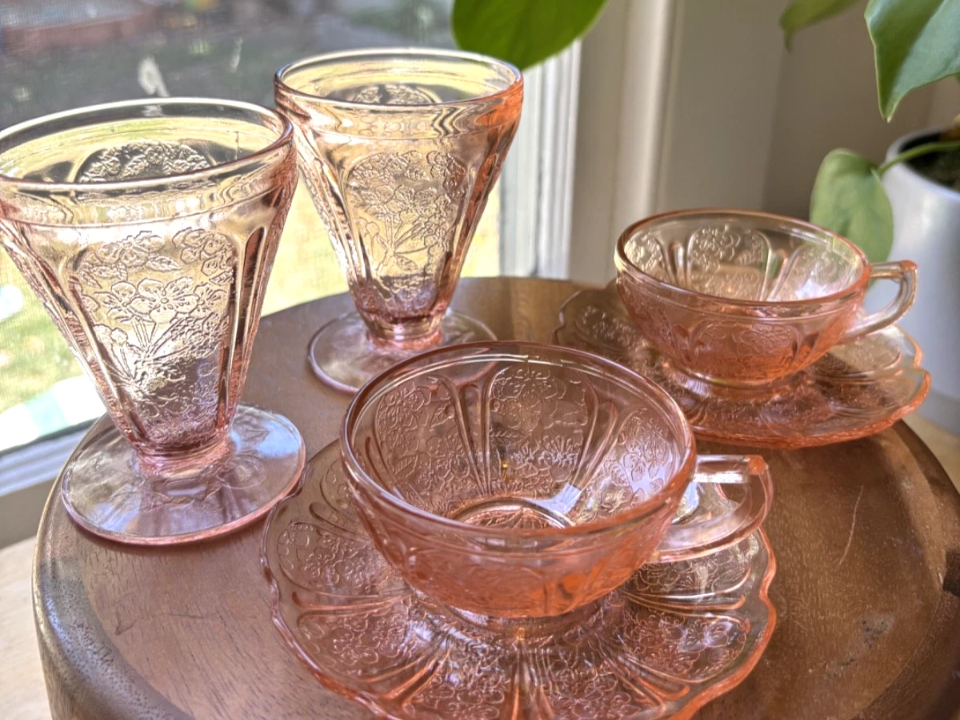
Pink Depression glass is one of the most iconic colors associated with the era. It was produced extensively during the 1930s and 1940s and remains a favorite among collectors today. The color ranges from soft, pale pink to a more vivid shade, and it is often found in patterns like “Cherry Blossom” and “Peacock Tail.” This color was produced in various forms, including plates, cups, and serving bowls.
The soft pink hue was popular due to its feminine appeal, making it a top choice for dining sets. Many collectors prize it for its nostalgic value and because it represents the glamour and optimism of the time. A set of pink Depression glass dinnerware can sell for around $75 to $250 depending on its condition and specific pattern.
Green Depression Glass
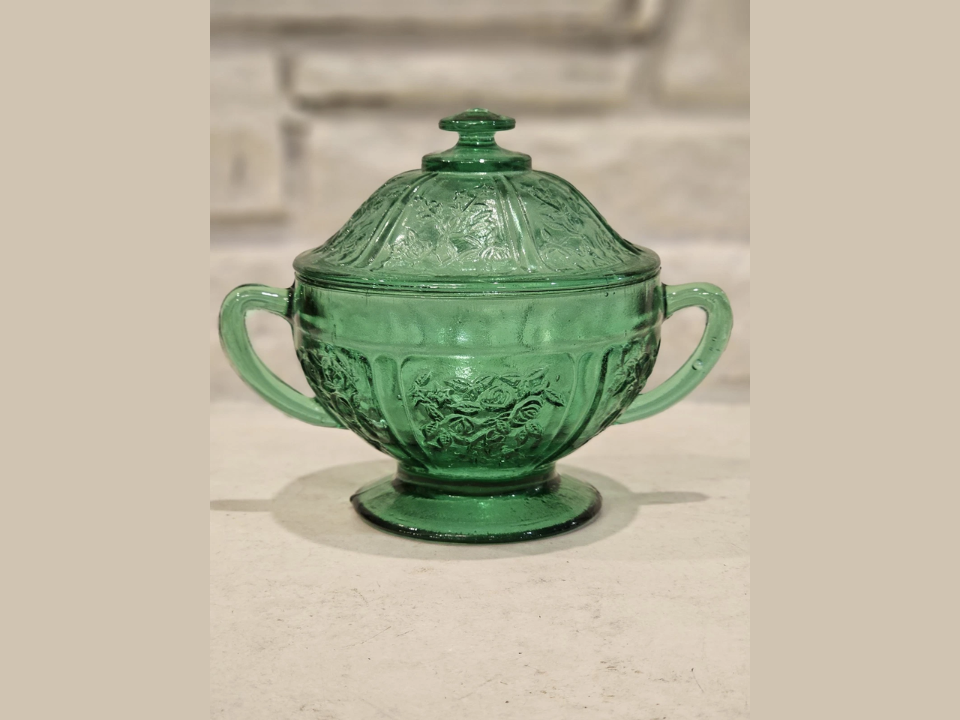
Green Depression glass was a popular color during the Depression era. The glass was often made in translucent green and was featured in a variety of patterns like “Sharon” and “Horseshoe.” The color was considered elegant and affordable, making it a widespread choice for household items such as bowls, pitchers, and glasses.
Green Depression glass is often associated with the hope and renewal of the era, as it was used for many common household items. Its vibrant color continues to make it a sought-after collectible, with values ranging from $30 to $200 based on pattern and rarity.
Clear Depression Glass
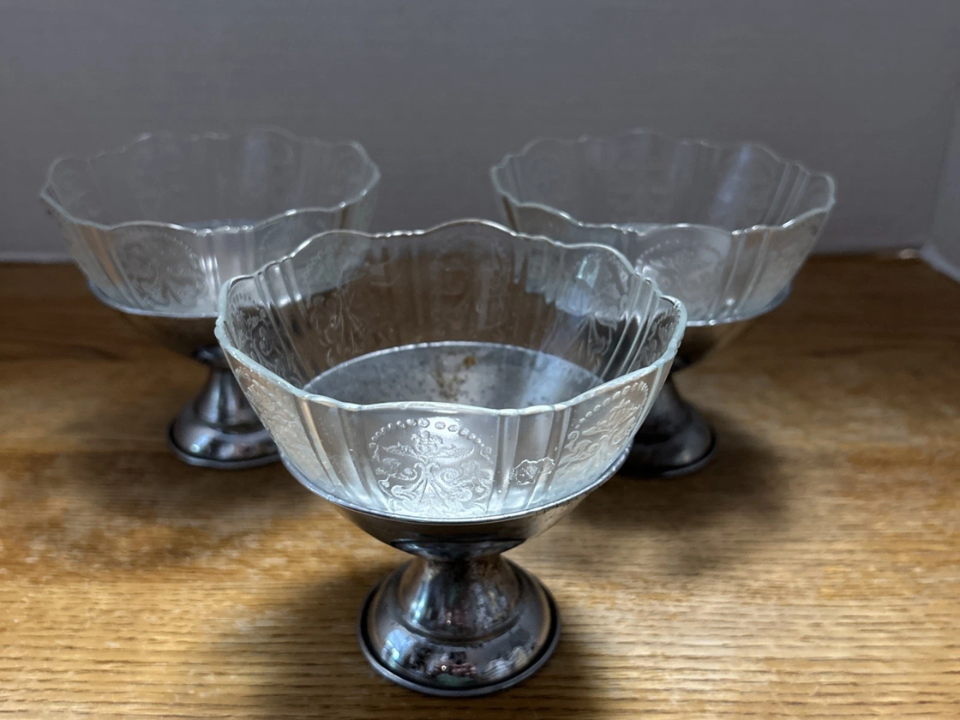
Clear Depression glass was produced in large quantities, making it one of the most widely available types of glass from the era. Often referred to as “Crystal,” clear glass was prized for its clarity and versatility. Popular patterns like “American Sweetheart” and “Floradora” were made in this color.
This color is seen in a wide variety of household goods, from serving dishes to glassware, and it was chosen for its ability to complement any table setting. The affordability of clear Depression glass makes it a more accessible collectible, typically priced between $25 to $150, depending on the piece’s condition and rarity.
Blue Depression Glass
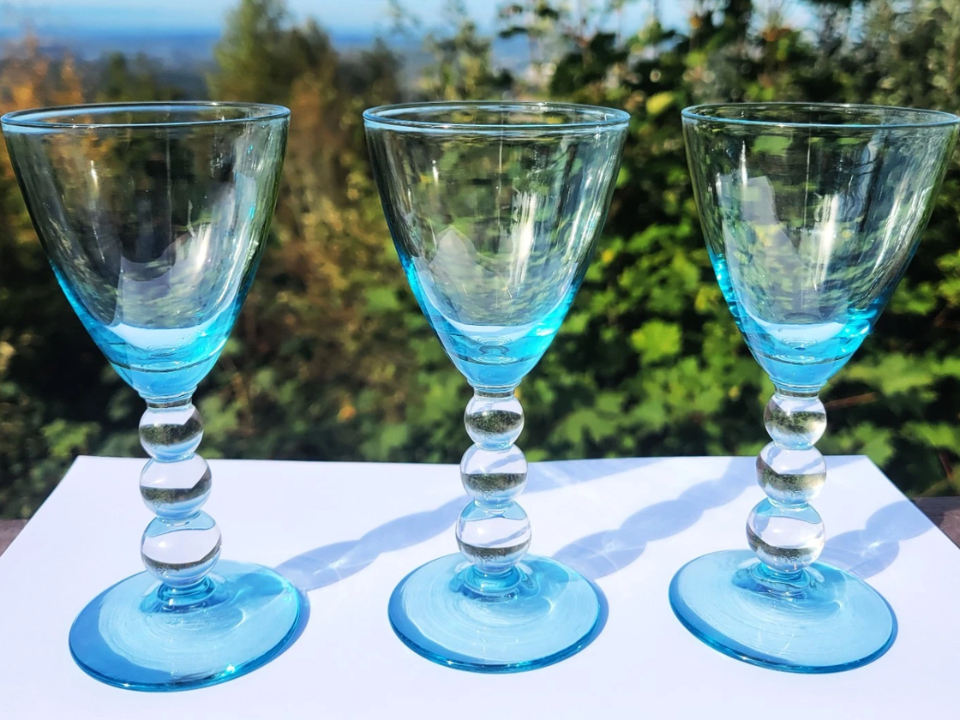
Blue Depression glass was especially popular for its calming and refreshing color. It was often produced in shades ranging from light to a deeper blue. Patterns like “Candlewick” and “Blue Nouveau” were commonly seen in blue glassware, adding to its charm.
The color blue was often associated with tranquility and peace, which may have contributed to its popularity during a time of economic uncertainty. Blue Depression glass continues to be highly collectible, with prices ranging from $40 to $300, depending on the item and pattern.
Amber Depression Glass
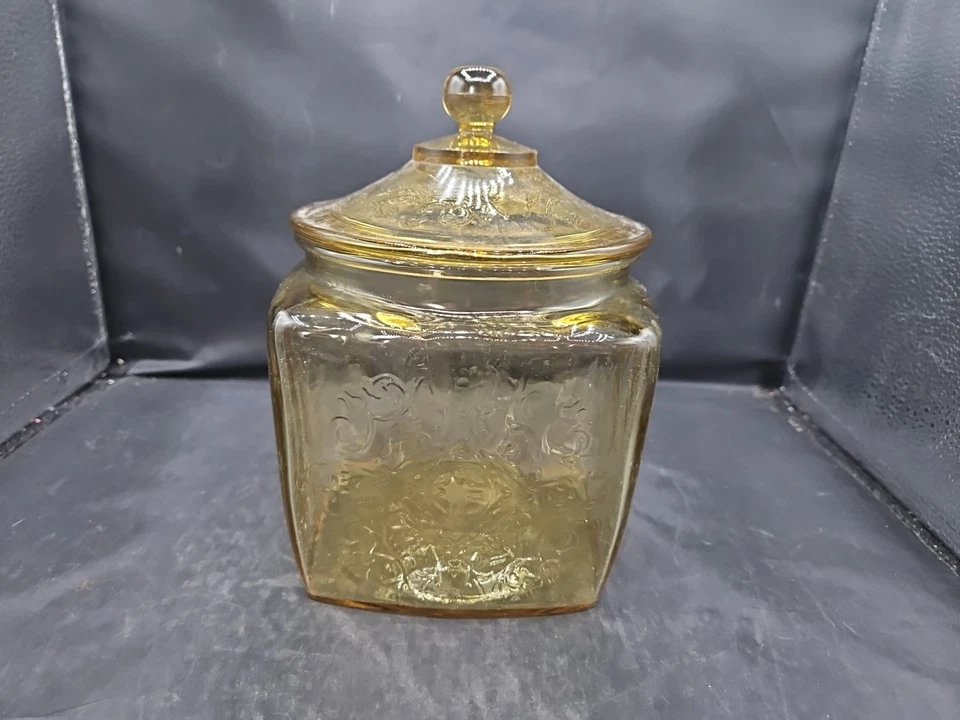
Amber Depression glass was another widely produced color during the Depression era. Known for its rich golden hue, amber glass was used in a variety of items such as bowls, vases, and cups. Patterns like “Golden Glow” and “Pineapple” were popular choices for amber glassware.
This color became synonymous with warmth and affordability, making it a favorite for both everyday use and special occasions. Amber Depression glass is still widely sought after by collectors, with prices ranging from $30 to $150 for most pieces, with rarer patterns fetching higher values.
Yellow Depression Glass
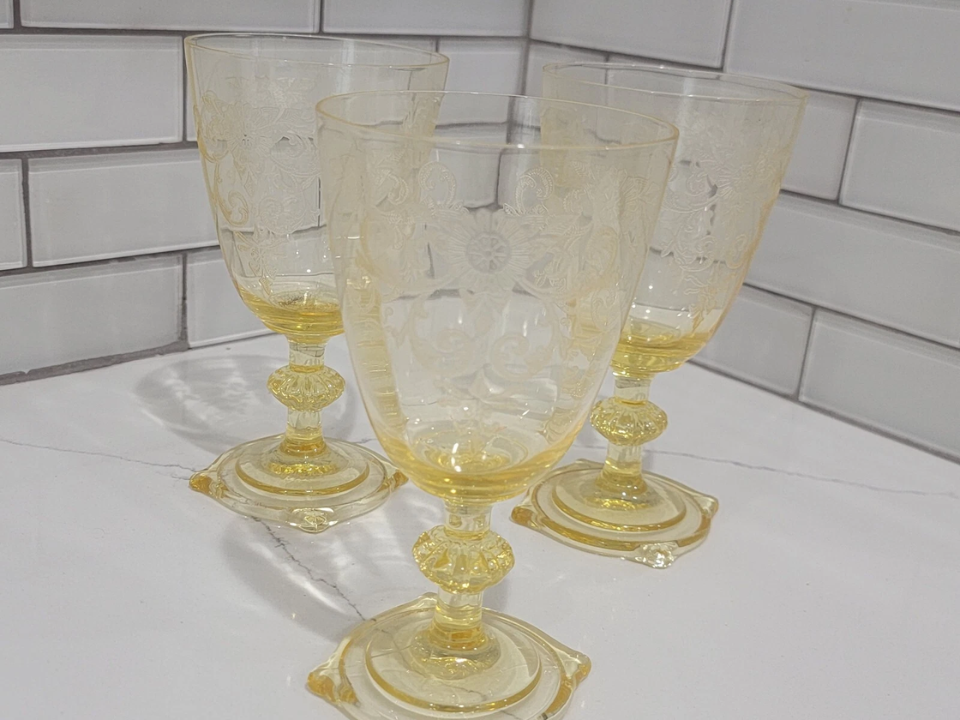
Yellow Depression glass was another bright and cheerful color that was widely produced during the era. Its sunny hue was associated with optimism and hope, fitting well with the cultural mood of the time. Popular patterns like “Colonial” and “Sunburst” were produced in this color.
The color yellow added brightness to any collection, and it remains a popular choice for vintage collectors today. Yellow Depression glass can range in price from $40 to $200 depending on the specific pattern and condition of the item.
Red Depression Glass
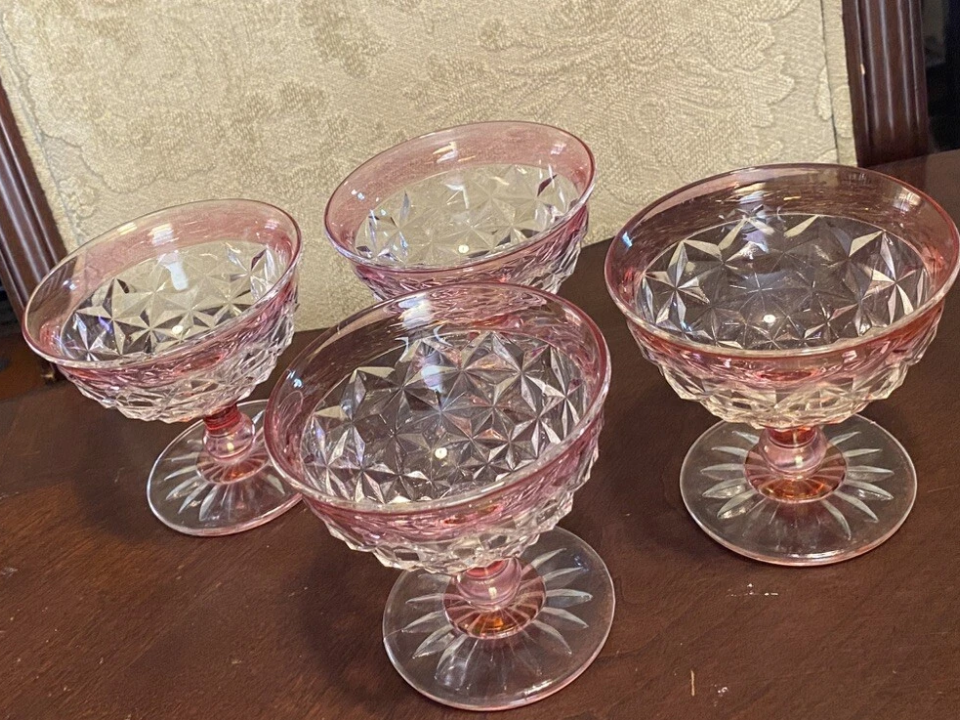
Red Depression glass is one of the most visually appealing colors from the era, often produced in rich, deep red hues. It was used in various items such as bowls, glasses, and dinnerware. Popular patterns like “King’s Crown” and “Candlewick” were produced in red glass.
The vibrant red glassware was often used for special occasions, adding a touch of elegance to any gathering. Red Depression glass remains highly collectible, with prices typically ranging from $50 to $300, depending on the rarity and condition of the piece.
White Depression Glass
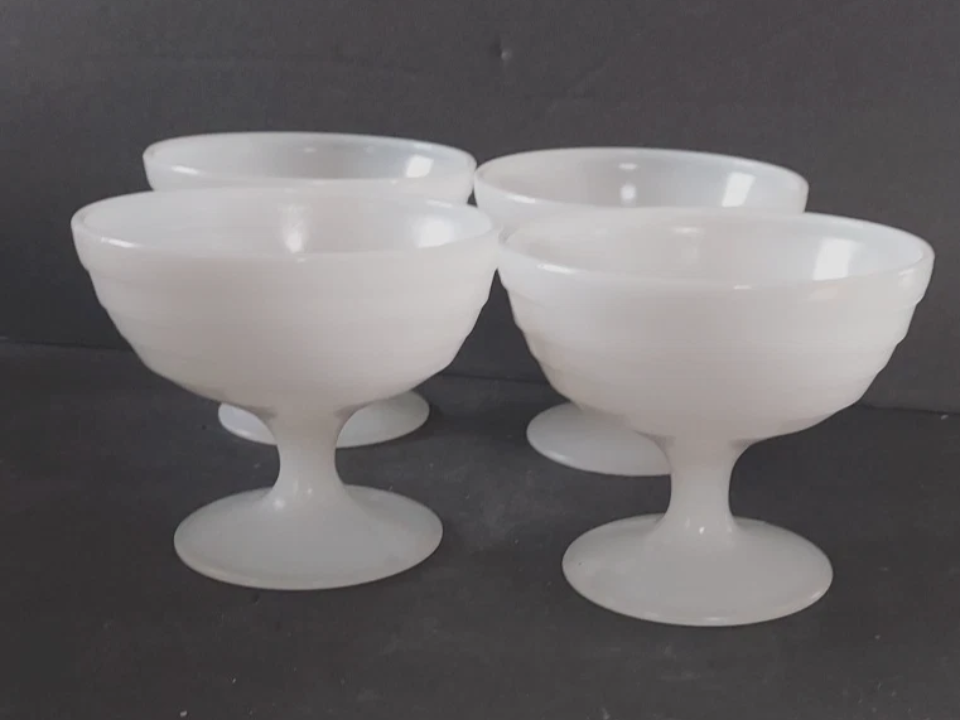
White Depression glass, also known as “Milk Glass,” was a common color choice during the 1930s and 1940s. Its smooth, opaque finish made it a versatile choice for household items, ranging from bowls to candy dishes. Patterns like “Boston” and “Daisy” were popular in white glassware.
This color is known for its timeless appeal and remains a favorite among collectors. White Depression glass is often priced affordably, typically between $25 and $150, but rarer patterns or pristine sets can fetch higher amounts.
Black Depression Glass
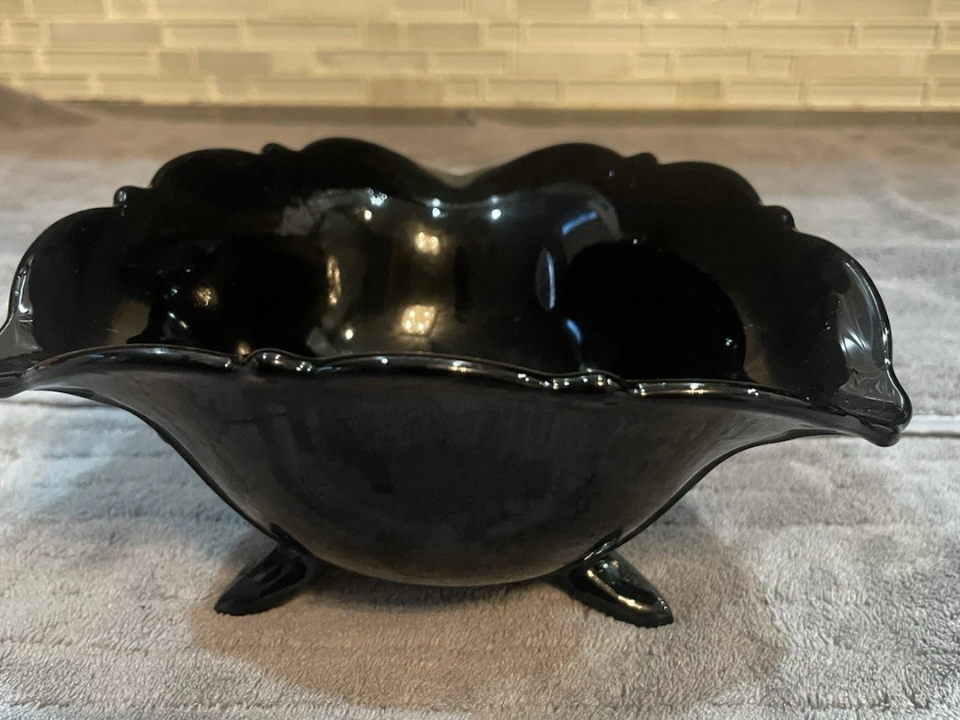
Black Depression glass is one of the rarer colors from the era, making it a prized collectible. Produced in patterns like “Onyx” and “Reverse Glass,” black glassware was often used for serving items like trays and bowls. The sleek, dark hue gave these pieces a striking look.
Black glass was often associated with sophistication and elegance, making it a desirable choice during a time of economic hardship. Due to its rarity, black Depression glass is often priced higher, typically ranging from $50 to $500, depending on the item and its condition.
Turquoise Depression Glass
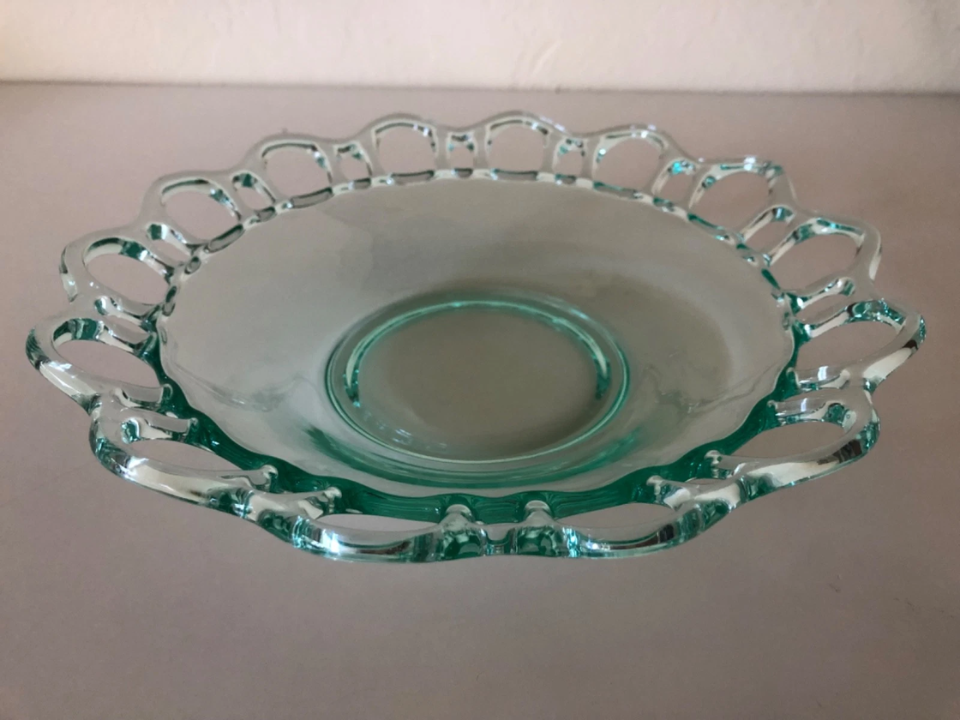
Turquoise Depression glass is one of the more sought-after colors, featuring a vibrant blue-green hue. Produced during the late 1930s and early 1940s, it was often seen in patterns like “Lace Edge” and “Herringbone.” This color was beloved for its bright, refreshing appearance.
Turquoise glass was commonly used for dinnerware and serving pieces, often adding an element of luxury to everyday items. Its rarity today has made it a collector’s favorite, with prices typically ranging from $50 to $250, depending on the pattern and condition.
Peach Depression Glass
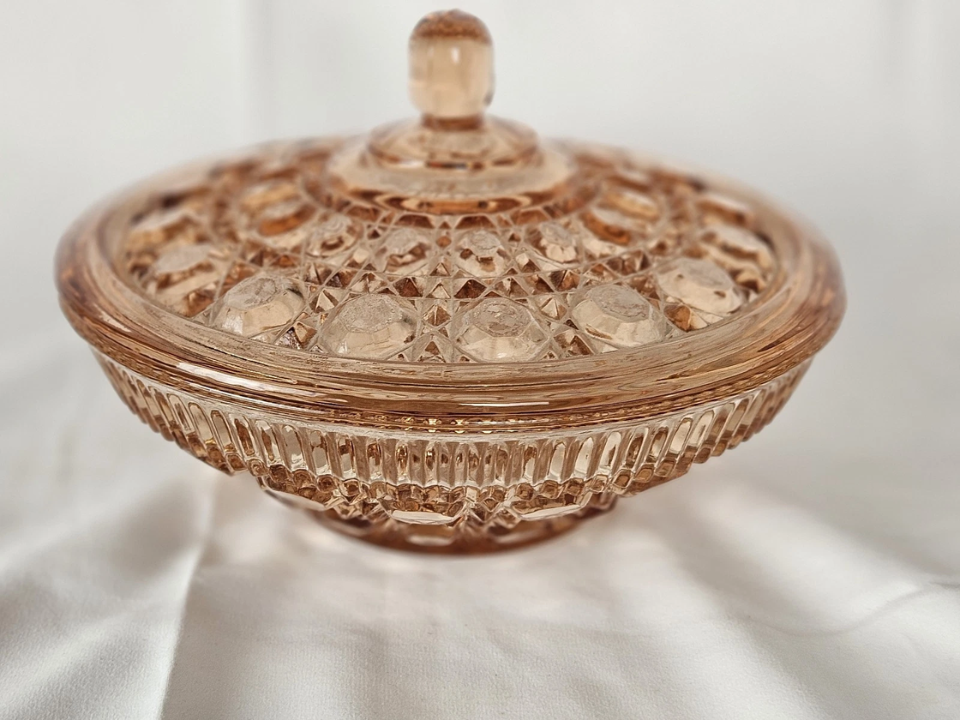
Peach Depression glass, with its soft, warm hue, was another popular color during the Depression era. It was featured in many different patterns, such as “Peach Opalescent” and “Silver Rose.” The color was both elegant and accessible, making it a common choice for households at the time.
The peach color is often associated with the warm, inviting atmosphere of the era. Due to its historical significance and the wide range of patterns available, prices for peach Depression glass vary widely, typically between $40 and $200, depending on the item and its condition.
Amberina Depression Glass
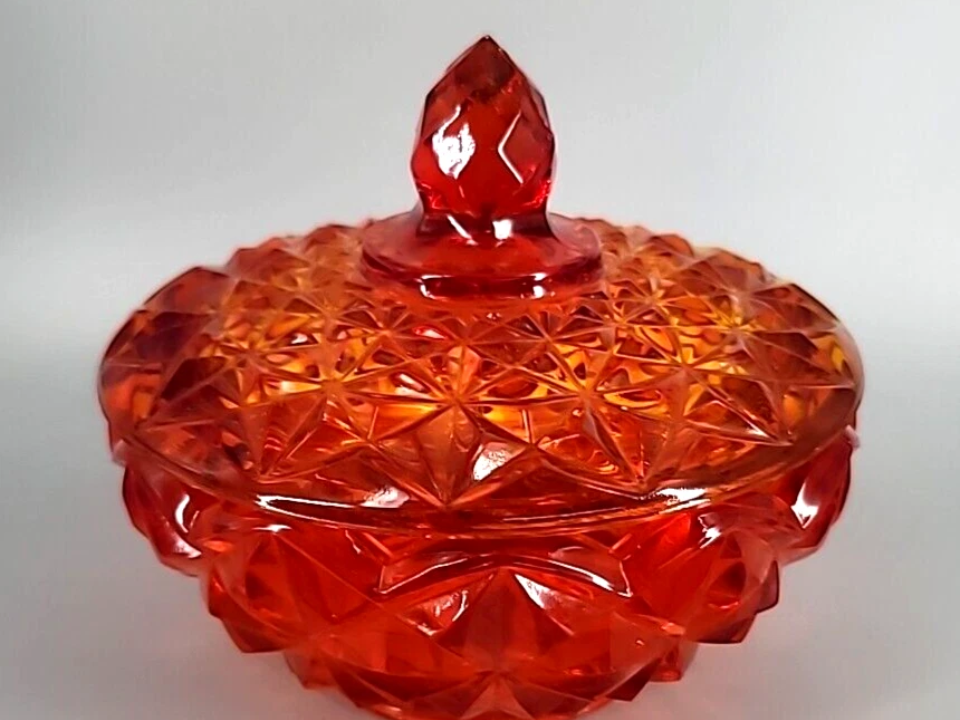
Amberina is a unique type of glass that starts as amber and transitions into a red or orange hue when held up to light. This stunning color was produced primarily by the Indiana Glass Company and featured patterns like “Candlewick” and “Diamond Point.”
Amberina glass was highly desirable for its striking color change and its ability to catch the light. Today, it remains a favorite among collectors for its uniqueness, with values ranging from $50 to $300, depending on the pattern and the specific piece’s rarity.
Jadeite Depression Glass
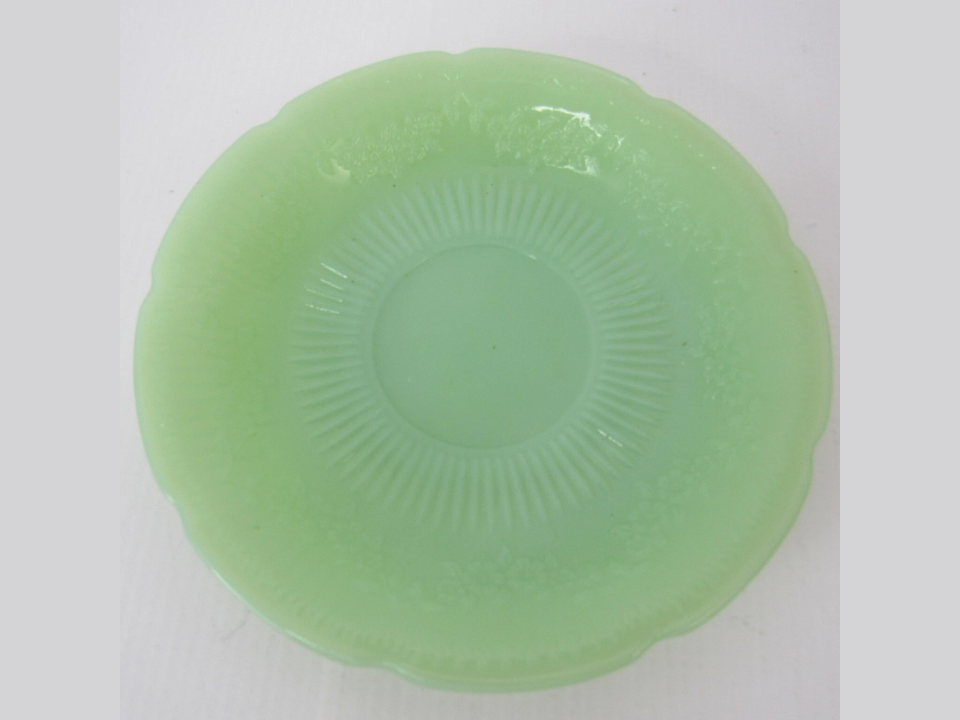
Jadeite glass, often associated with the Fire King brand, is known for its soft green color, resembling jade. Popular items in jadeite include mixing bowls, mugs, and dinnerware, with patterns like “Fire King” and “Jane Ray.” This color gained popularity in the 1940s and remains a highly coveted collectible.
Jadeite glass is prized for its durability and distinctive appearance, making it a standout in any Depression glass collection. Prices for jadeite glass range from $30 to $200, with some rare or highly sought-after pieces reaching as high as $500 or more.
This article originally appeared on Avocadu.
